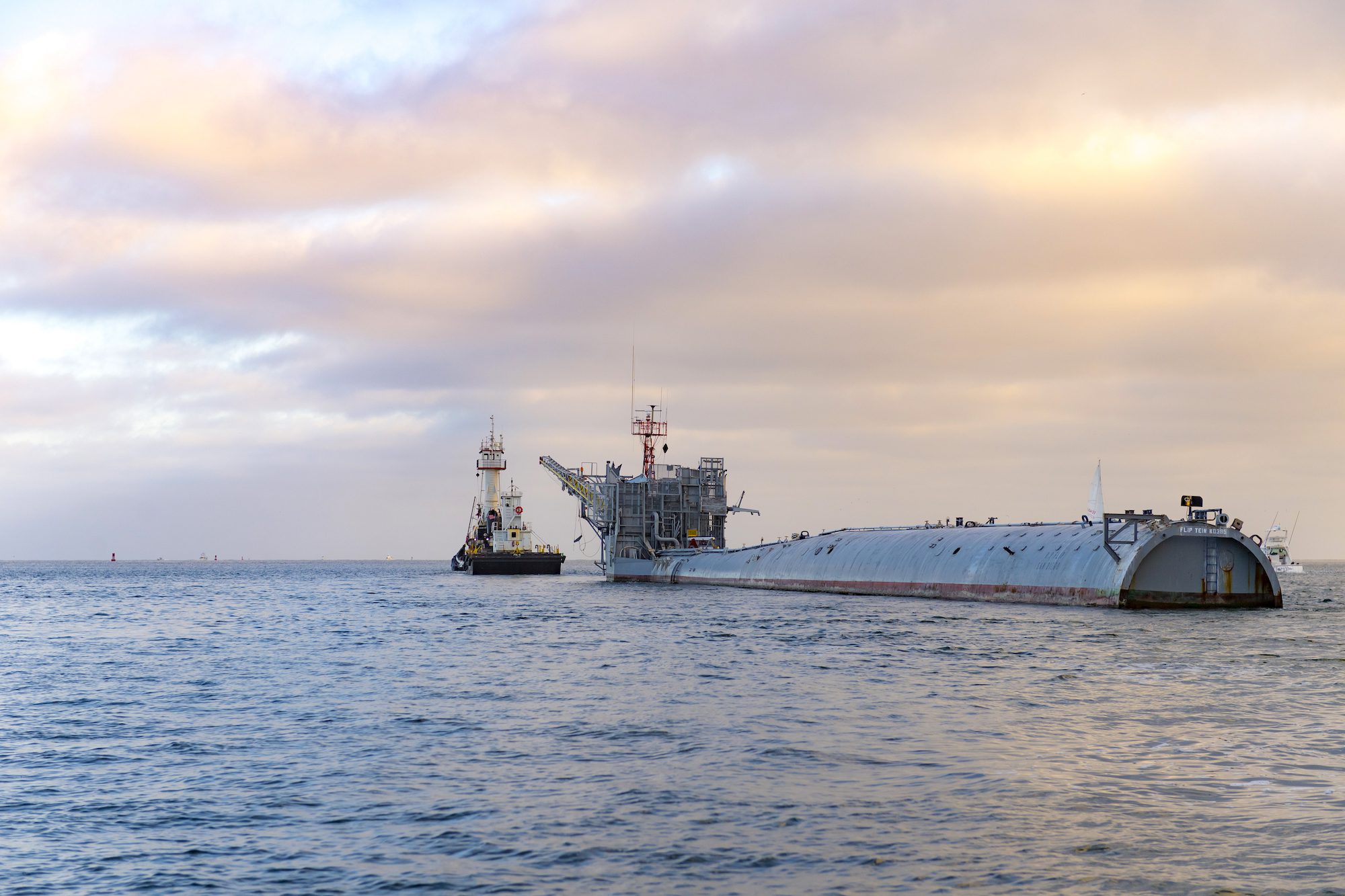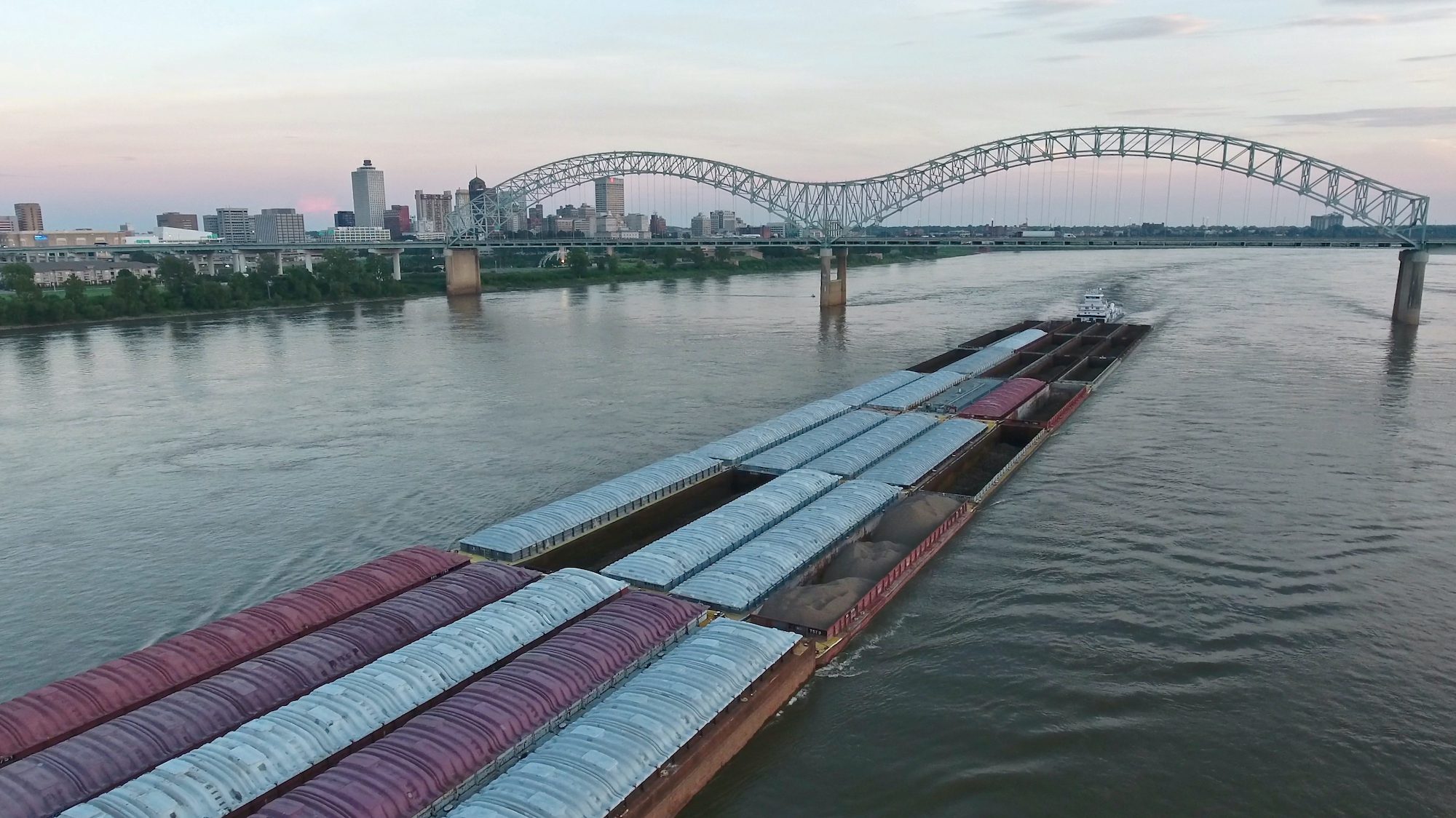[dropcap]I[/dropcap] was recently aboard a rig that, in addition to firefighters manning foam fire monitors, had the Fast Rescue Craft (FRC) manned during every helicopter landing and takeoff.
With the helipad on this rig jutting out over the water, it was a rather smart idea to have the FRC on close standby in case the chopper missed its mark and landed in the water. But the location of this rig’s FRC was directly adjacent to the helipad meaning that if the helicopter did crash, the fast rescue team would be fully exposed to shrapnel.
Not good.
A more common problem I’ve seen during drills aboard multiple rigs are medics leading stretcher teams into hazardous areas. While most large rigs have a medic aboard, very few have more than one which leads us to the question… if the medic gets killed who will care for the victims?
As captains and fire team leaders, it is not ethically right for us to favor one person over another. During an emergency it shouldn’t matter if a person is a close friend or a stranger, being in charge means we must be objective and always strive to do “the most good for the most number of people”. How can we let the medic stand by in the hospital while we send roustabouts into the flames? Isn’t the safety of a roustabout just as important as that of the medic?
We need to find a way to save the most number of people with the resources we have. The fact is, a medic’s specialized skills makes him or her critically important in helping us meet our objective of protecting the most lives.
Requiring the FRB team to standby their boat for a helicopter crash may be in the best interest of those riding the helicopter, but those individuals are already at risk. Landing helicopters on a moving platform is dangerous, but mustering the team at the boat provides little advantage over mustering them in the nearby break room, safe from shrapnel.
To illustrate the point, let’s imagine a high-intensity urban fire: A riot breaks out in the Bronx and an apartment building catches fire, people are dying every minute, children are succumbing to the smoke, yet the firefighters don’t approach until the police secure the area. Once inside, the nozzelman, who could easily be replaced by the man behind him, leads the way with his officer, with more skill and harder to replace, a few steps behind him. Outside, and thus further from danger is the Fire Chief, a man with very specialized skills. And, of course, the medics wait outside for the victims to be brought to them.
You should train your fire team no different from the professionals with the on scene leader, often the Chief Mate or 1st Engineer, remaining on deck – away from the flames. A 2nd or 3rd mate should suit out and enter with the hose team, but stay a few steps behind in relative safety. And the individuals with the most skill and experience, the Captain, the Chief Engineer, and the Medic, should remain in the relative safety of the bridge, ECR, and Hospital respectively.
Finally, there is the question of who’s life is more critical to the effort of saving the most number of people… a fire team member or a victim? The firefighter, capable of saving multiple lives, is more valuable than the victum, who is capable of saving no one.
Protect the rescuers!
The chain of events that lead to disaster almost always starts as a series of small problems that compound quickly. A firefighter moderately injured requires rescue and medical treatment that will take the medic’s attention away from the original problem. It’s easier and more effective to keep the rescue teams from getting injured in the first place.
Loss of a helicopter is tragic ,but the loss of the helicopter, the men manning the fire monitors, and the FRC team is unthinkable… and unnecessary.
Treat your rescue teams like gold, protect them at all cost, and they will return the favor by saving lives and helping prevent disaster.

 Join The Club
Join The Club











